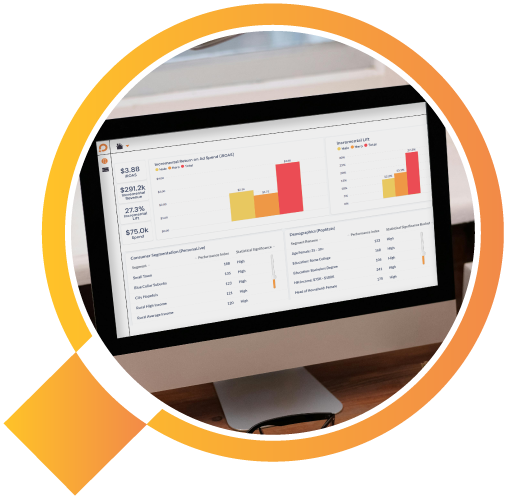
Different Channels, One Truth

Different Channels, One Truth
The Case for Unified Marketing Metrics
 By Brian Pozesky
By Brian PozeskyLet’s be honest.
Marketing measurement today feels like trying to solve a puzzle with pieces from different boxes. Google tells you one thing, your retail media partner tells you another, your internal BI team gives you a third—and your CFO still thinks marketing is a cost center.
Here’s the real problem:
Every channel has its own way of measuring success, its own KPIs, and its own version of the truth. That’s not just inefficient—it’s dangerous. When every platform grades its own homework, you’re not making decisions based on data. You’re guessing. Expensively.
Welcome to the Era of Measurement Chaos:
Marketing today isn’t just multichannel—it’s fragmented. You’re probably juggling:
-
Retail media dashboards showing inflated ROAS
-
Paid social claiming last-click conversions
-
Programmatic vendors reporting on impressions and VCR
-
Internal attribution models that everyone mistrusts
And they’re all… kind of right. But not usefully right. Because if you can’t compare results across channels with confidence, you can’t optimize spend, prove performance, or scale what works.

The Case for One Truth
At Pēq, we believe the answer isn’t more metrics. It’s better measurement.
That starts with standardization—a single framework to evaluate all media the same way, regardless of channel, platform, or format.
We call it: Different Channels. One Truth.
What Unified Marketing Metrics Look Like
Unifying your metrics doesn’t mean flattening your data. It means standardizing how you measure success, so you can compare apples to apples—even if one’s organic TikTok and the other’s a CTV ad on Roku.
At Pēq, this means:
✅ Incrementality as a common denominator
✅ Standard lift testing across channels (No holdouts or control groups required)
✅ Consistent iROAS and spend normalization
✅ Cross-retailer comparability
✅ One measurement source, not six competing dashboards
Why This Matters Now
-
Retail media is exploding—but every retailer has its own black box
-
Cookies are dying—forcing marketers to rethink attribution
-
Budgets are shrinking—so every dollar has to prove its worth
If you’re still measuring in silos, you’re not seeing the full picture. And you’re probably wasting money.
The Pēq Promise
We’re not just tracking clicks. We’re building a unified source of measurement truth—so marketers can finally say, with confidence: this campaign worked, this one didn’t, and here’s exactly why.
So whether you’re running ads on Amazon, Meta, Walmart Connect, or streaming TV—we help you compare impact with a single lens.
Ready to Ditch the Dashboard Chaos?
Start with a Free Incrementality Analysis and discover where your marketing is really making an impact—and where it’s just making noise.
👉 Get your Free Incrementality Audit




